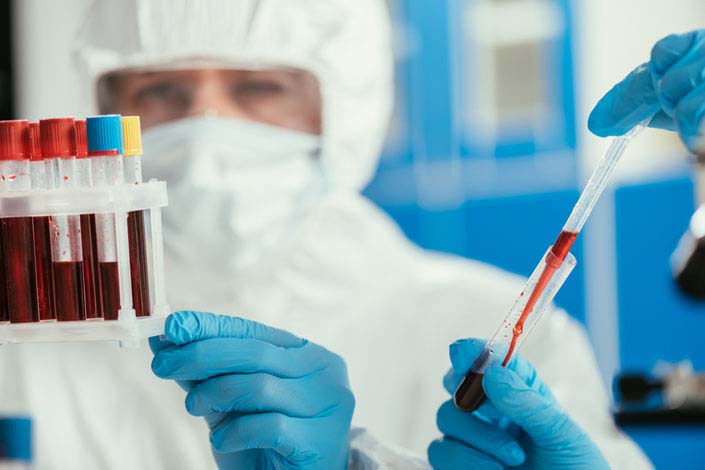COVID-19 - aktualny stan wiedzy Terapia 2020, 7 ( 390 ) : 9 - 11
SARS-CoV-2 – nowe wyzwanie diagnostyczne?!
SARS-CoV-2: New diagnostic challenge?!
COVID-19 (coronavirus disease 2019) to ostra choroba zakaźna układu oddechowego wywołana zakażeniem wirusem SARS-CoV-2. Po raz pierwszy została rozpoznana i opisana w listopadzie 2019 r. w środkowych Chinach w mieście Wuhan. World Health Organization (WHO), na podstawie danych epidemiologicznych z okresu styczeń‒marzec 2020, wprowadziła stan zagrożenia dla zdrowia publicznego o zasięgu międzynarodowym w wyniku rozprzestrzeniającej się epidemii COVID-19, określając śmiertelność na poziomie 3,4% (1‒3).

Zaloguj się i przeczytaj bezpłatnie całą treść artykułu.
Nie masz jeszcze konta dostępowego?
Zarejestruj się bezpłatnie, a otrzymasz:
* dostęp do wszystkich doniesień oraz pełnych tekstów artykułów naukowych w naszej Czytelni,
* prawo do bezpłatnego otrzymywania newslettera "Aktualności TERAPIA" z przeglądem interesujących i przydatnych wiadomości ze świata medycyny oraz systemu ochrony zdrowia w Polsce i na świecie,
* możliwość komentowania bieżących wydarzeń oraz udziału w ciekawych quizach i konkursach.
Zapraszamy serdecznie, dołącz do naszej społeczności.



Dodaj komentarz